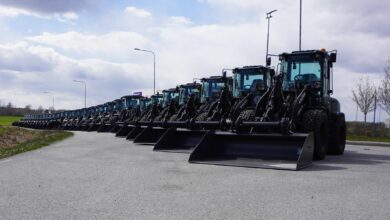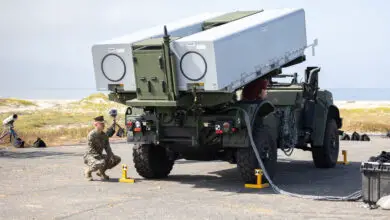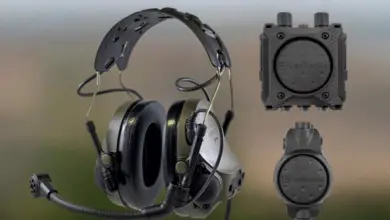DARPA Taps Raytheon to Build Military Procurement Simulator
DARPA has awarded Raytheon an $8-million contract to deliver a procurement and supply delivery simulator for the US Department of Defense.
The project supports DARPA’s Resilient Supply-and-Demand Networks program seeking strategic solutions to address logistics challenges across the US military’s materiel supply chain and distribution processes.
Under the agreement, Raytheon’s BBN Technologies segment will produce a platform incorporating behavioral and historical survey data to predict the impact and develop mitigations for unexpected scenarios in the US defense’s supply and demand networks.
The resulting simulator will utilize information on military metals, pharmaceuticals, and food to develop demonstrations in realistic environments.
It will include macro models of supply-demand networks with process and microeconomic models that the firm previously constructed to replicate individual decisions and chain operators.

In addition, the simulator will use dynamic systems and artificial intelligence-enabled analysis to run the models, discover, and mitigate stressors not previously reviewed.
DARPA will validate the simulator’s functionality by comparing its predictions against past scenarios once completed.
Subject matter specialists will then assess the plausibility of the tool’s predictions and recommendations.
Work for the contract will be facilitated in partnership with the University of Southern California, Clarkson University, and Ohio State University.
‘Strategic Surprise’
According to Raytheon, the tool is the first international supply chain stress test technology that will be specialized for the purpose.
“DARPA has emphasized that supply demand networks are potential sources of strategic surprise for the [Department of Defense],” Raytheon BBN Principal Investigator John Santini stated.
“Vulnerabilities stem from the fact that they are open, complex, evolving systems whose dynamics are at the mercy of both external and internal factors-often driven by locally focused decisions.”
“These decisions often place a priority on cost, timeliness and efficiency with little consideration being made to resiliency.”











